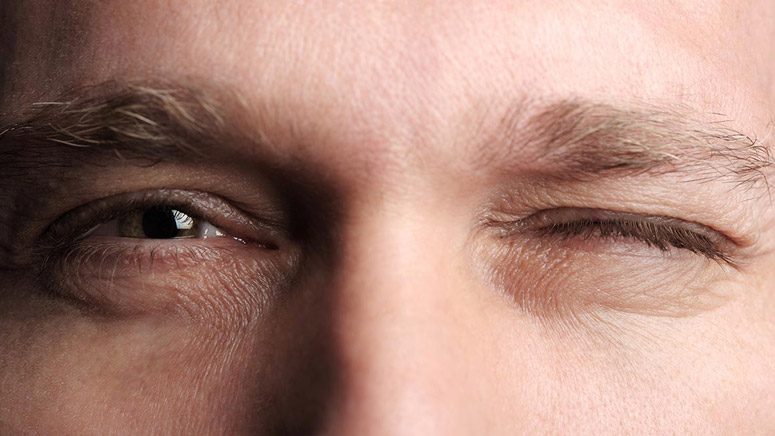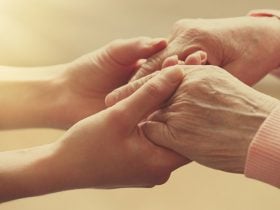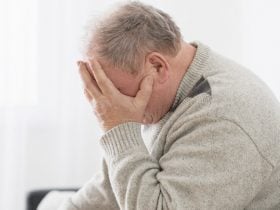Involuntary Movements and Speech Disorder

The basal ganglia comprise structures in the brain that are responsible for motor functions or movement. [4] It is located in the cerebral hemisphere, which becomes damaged in patients with CP; hence, it may lead to involuntary movements, otherwise called Choreoathetoid movements. [5] It includes sudden twitching or writhing in the arms, legs, or face, triggered by unexpected muscle contractions.
Research conducted in 2012 showed that over 50% of the kids who have cerebral palsy had difficulty speaking due to loss of partial or total control in the facial and respiratory muscles. Loss of control of facial muscles makes it difficult to coordinate the mouth and respiratory organs like the tongue and larynx needed for speech. For example, muscles located in the larynx help to control breathing for smooth-talking, while the movement of the tongue helps with pronunciation. [6]













